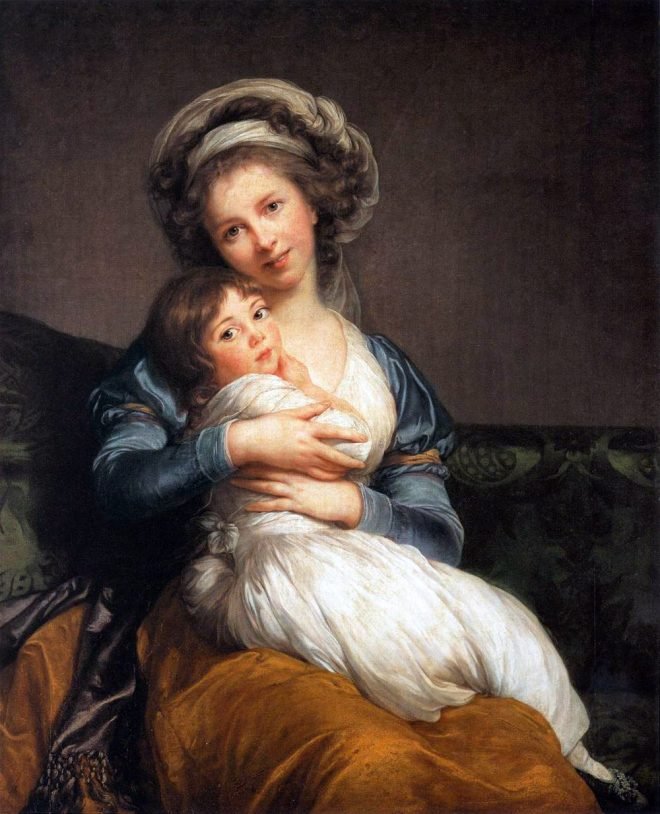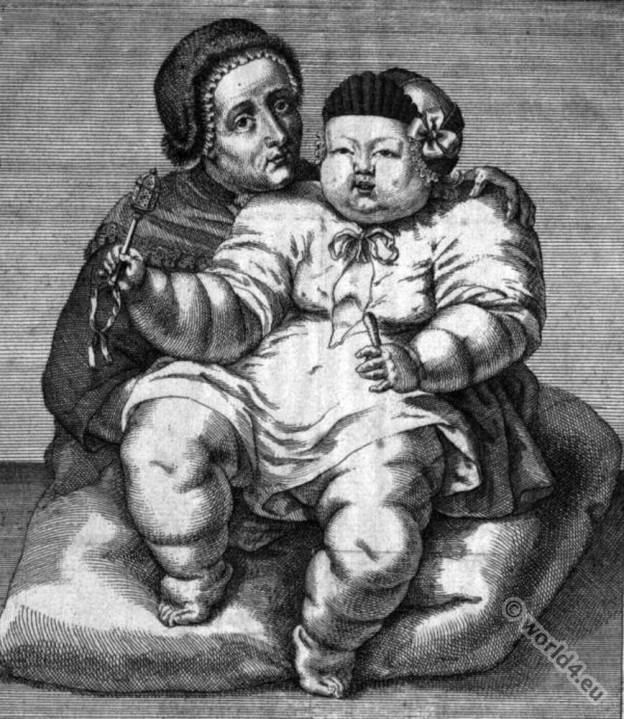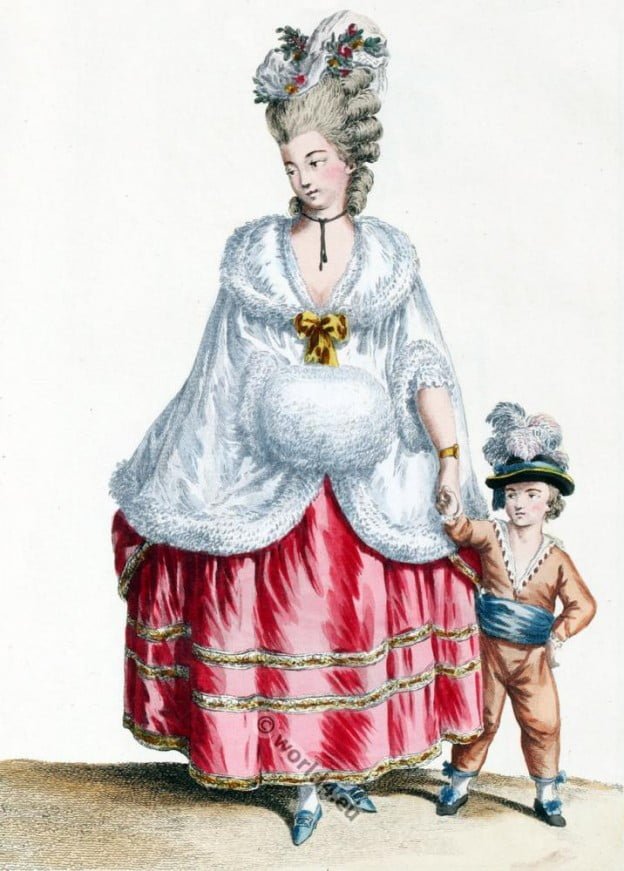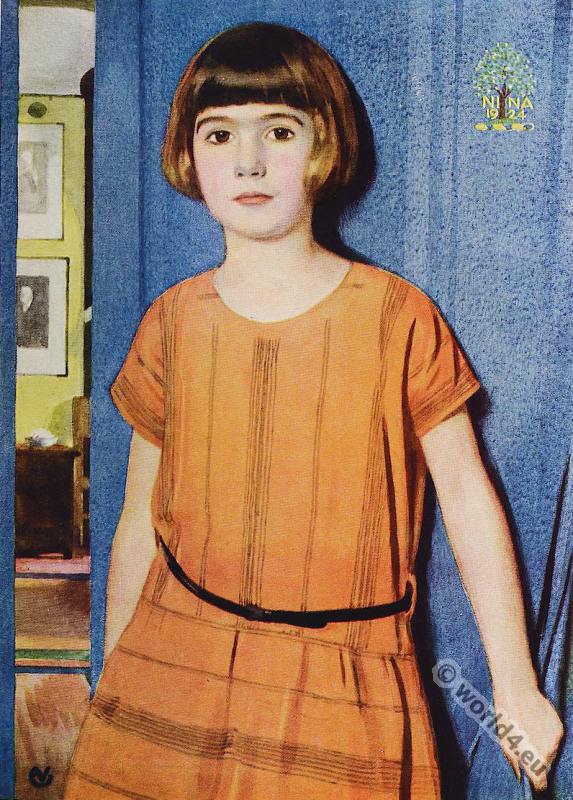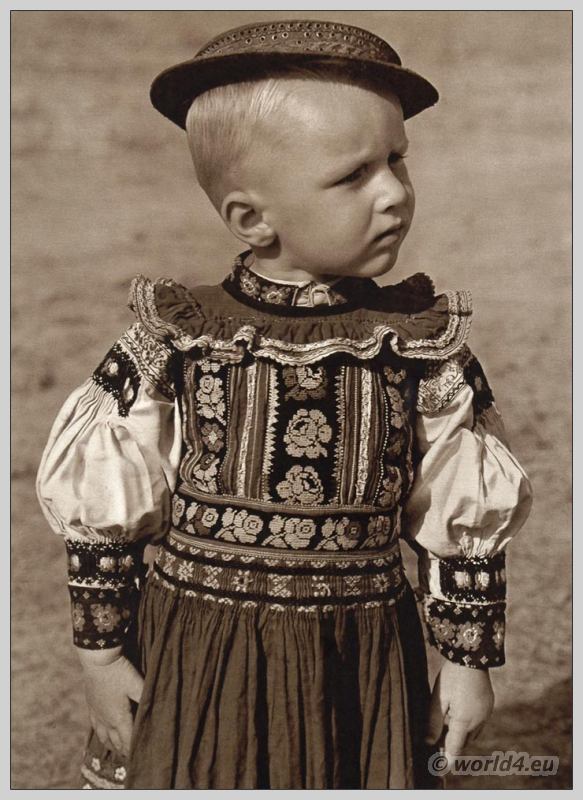Painted at Vigée Le Brun’s best period this group ranks among her highest achievements,- it has been engraved and reproduced times out of number
Tag: Children Costumes
Elizabethan peasant costume scene. Woman with children 1550-1620.
England Tudor. Elizabethan peasant costumes 1550-1620.
Clothing of the middle classes in France during the rococo period.
France 18th century. Costumes of the middle classes. Bourgeois women and their children. Rococo period.
German mother with monstrous child that was called a divine miracle.
The child is referred to as divine miracle. The costume of the woman is the same as that of a farmer’s wife of that time.
Women and children costume from 1470.
Women and children costume from 1470.
Pelisse de Satin doublé poil de Chat-Angora.
Pelisse de Satin doublé poil de Chat-Angora 1780.
Portrait “Nina” by Arthur E. Vokes.
Portrait “Nina” 1924, Water color by Arthur Ernest Vokes 1874–1964
Orphan girls at needlework 1884
Orphan girls at needlework 1884 A group of orphan girls from Lubeck Germany at needlework in the workroom of the orphanage. Painting by G. Kuehl 1884.
Dear Children. Models by Herrmann Gerson. 1920s.
Drawing by Schmidt-Caroll. Style, Plate 5, April-May 1922. Fashion plates and the pleasant things in life
Traditional Slovakia Child costume. Boy from Dobrá Niva.
Dobra Niva, in German called Döbring or Dobrone in Hungarian, is a village in central Slovakia

